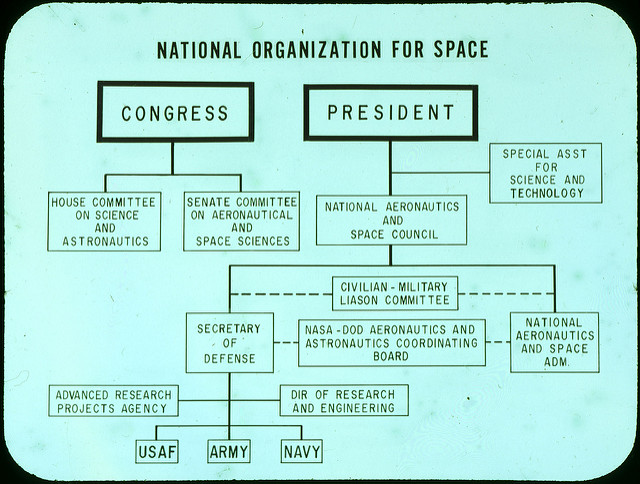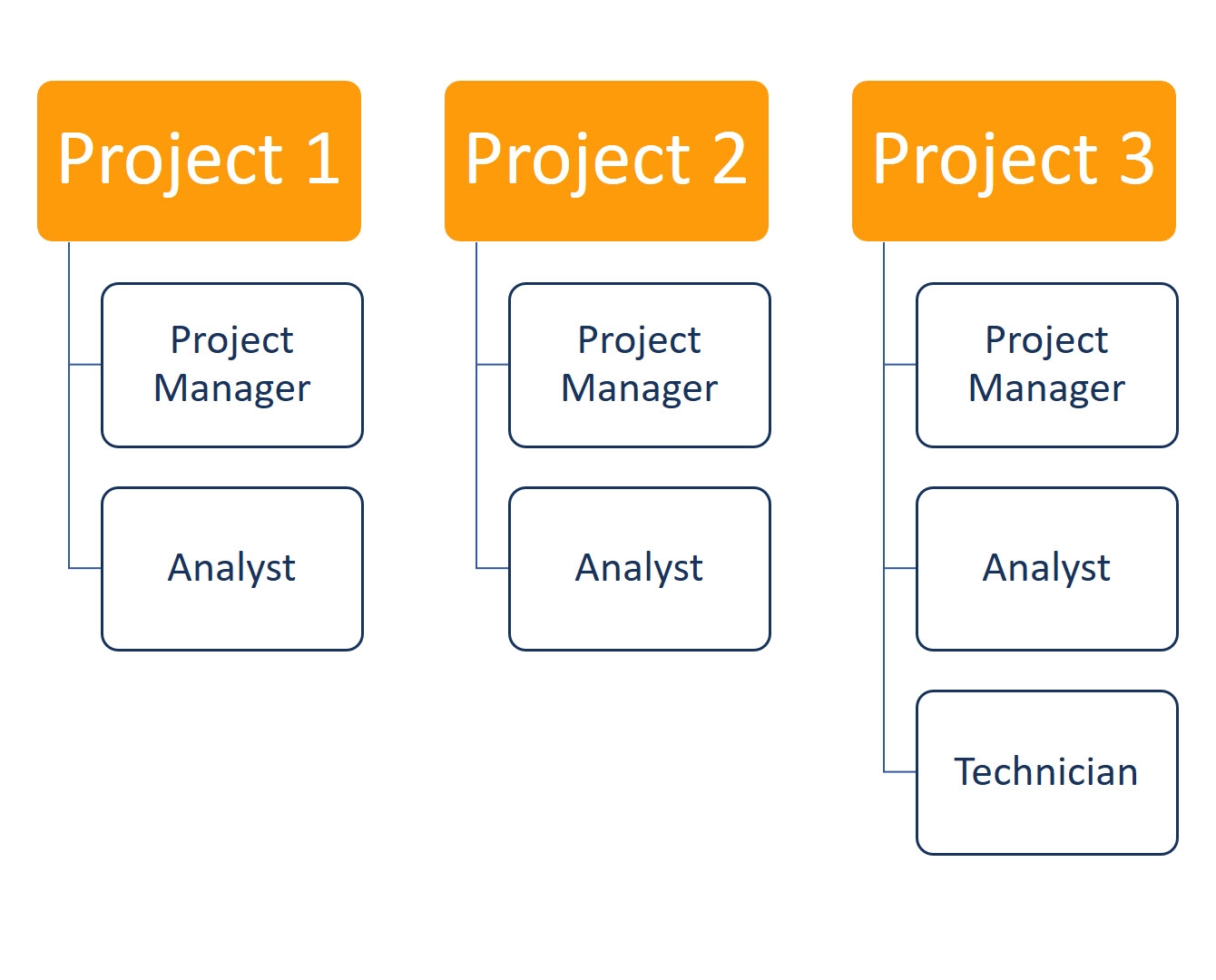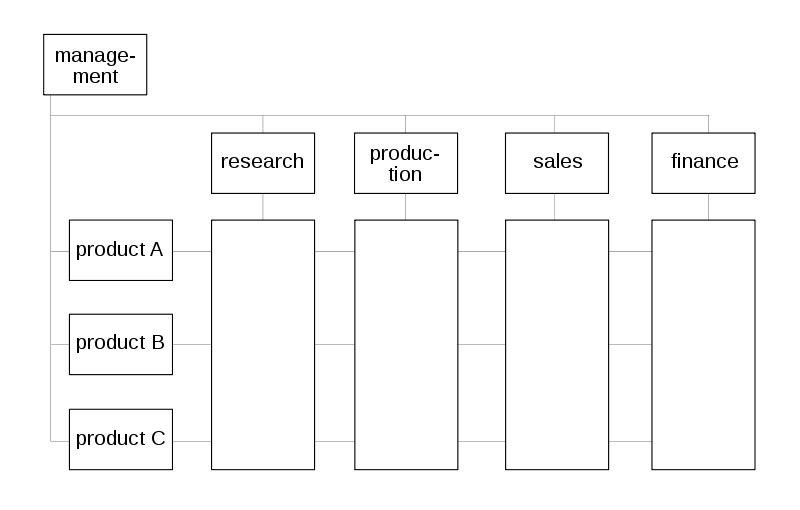 When project after project is being completed with delays of above 20%-30% unrelated to major issues, executors complain of poor coordination and PMs report progress without a unified model, you might be in a situation that would benefit from the centralization of your governance in a Project Management Office (PMO).
When project after project is being completed with delays of above 20%-30% unrelated to major issues, executors complain of poor coordination and PMs report progress without a unified model, you might be in a situation that would benefit from the centralization of your governance in a Project Management Office (PMO).
PMOs are versatile: they are adaptable to the nature of the organization that creates them. Therefore, when implementing a PMO in your company, you will need to decide what the roles and responsibilities of the PMO will be. By understanding what needs to be addressed and the issues currently faced at your organization, you can shape the PMO as a response to those factors.
Internal Evaluation
The first step to determine the most appropriate type of PMO for a company is to know what the expectations of the PMO are. Ask yourself and your internal customers the following questions:
-
What are the main problems or areas of improvement within the organization? Have you detected inefficiencies in any of our processes?
-
What is the balance between formal and informal communication flows and reporting from the company? Is the company coordinating too much work in a spontaneous and decentralized way? Does this pose a problem for the evaluation of management processes? These questions are especially important in relation to the size of the organization: while small teams can afford a high degree of informal communication, a growing the business must follow the path of standardization. It’s vital to persuade all staff to adopt new procedures and to identify the risk low adoption.
-
What is more central: operations or projects? PMOs are designed to work with projects, not operations. If the latter are predominant, you may use a PMO to frame operations in a broader scope or to integrate them with other sections of the company. However, this is a very indirect form of projectization.
-
Is the company currently achieving its main objectives? If not, why might this be?
-
What are the measures to adopt if the organization does not meet the intended objectives?
When finally implementing a PMO, you must decide what a successful PMO might entail, and how to know if it is not operating as it should.
Objectives, size, maturity and corporate culture
The structure and objectives of a PMO depend on the degree of efficiency required by the company. For example, a PMO can serve to manage both a business for profit as well as any other humanitarian purposes. However, more often than not economic profitability takes precedence when setting up a PMO.
Another aspect to consider is the size of the company: Project scope, type of product, target audience, etc. will vary. While a small business can use a less structured approach, in a larger company the number of simultaneous processes that can potentially coexist multiplies, and so does the importance of standardization and structured reporting systems.
It’s particularly important to maintain the balance between support and control. Focusing too much on control can cause discomfort among workers and increase resistance to change, while offering too much support can lead to excessive documentation and training no one will actually use.
One possible solution is to begin with less demanding PMO models with supporting functions, and gradually pivot towards controlling and directive approaches.
Selecting the most appropriate PMO for my company
Here is a list of situations where it would be advisable to choose a specific type of PMO. Although the classification of the 3 types of PMO remains orientative, it can serve as a good starting point to size the scope of the project and identify good practices.
You should choose a Supportive PMO if:
-
Your company lacks methodologies, procedures and project management tools.
-
Project Managers have not developed specific skills in project management
-
Your company lacks adequate training programs and updated project management.
You should look for a controlling PMO if:
-
There is a moderate project management culture in your company.
-
Project managers have basic knowledge in current PM standards.
-
The organization is accustomed to multidisciplinary projects.
-
Project management standards and compliance practices are implemented.
-
The supportive PMO is already implemented.
The directive PMO would be best if:
-
The company has successfully implemented the previous two types of PMO.
-
There is an established project-based mentality.
-
Schemes to monitor all processes with structured reporting systems are effectively established.


 Organizational structures are one of the core elements that fall into consideration when measuring the influence of environmental factors in project management: they can seriously affect resource availability and determine the style of project management.
Organizational structures are one of the core elements that fall into consideration when measuring the influence of environmental factors in project management: they can seriously affect resource availability and determine the style of project management.

